ATM Withdrawal Charges Hiked from May 1: New RBI Rules, Free Limits & Fees Explained
From May 1, 2025, ATM withdrawals are going to cost more for Indian bank customers. The Reserve Bank of India (RBI) has revised ATM transaction charges under its new guidelines, affecting both the number of free transactions and the fees charged beyond those limits.
This move is part of a larger effort to align ATM usage costs with rising operational expenses, improved infrastructure, and enhanced security protocols. Here’s everything you need to know about what’s changing, how it affects your bank transactions, and what you can do to avoid unnecessary fees.
What’s Changing from May 1?
Starting May 1, 2025, the RBI has allowed banks to revise the charges for ATM transactions across India. Here are the key changes:
Increased Per Transaction Fee
- The charge for ATM cash withdrawals beyond the free limit has been increased to ₹23 per transaction, up from the previous ₹21.
- This applies to both on-site (same bank) and off-site (other bank) ATMs.
Free Transaction Limits Remain Unchanged
The number of free monthly ATM transactions remains the same for now:
- 5 free transactions per month at your own bank’s ATMs (including both financial and non-financial).
- 3 free transactions per month at other bank ATMs in metro cities.
- 5 free transactions per month at other bank ATMs in non-metro areas.
Why Has the RBI Allowed a Fee Hike?
According to the RBI, the cost of maintaining and upgrading ATM networks has increased significantly in recent years. Banks have been investing in:
- Improved surveillance and fraud prevention tools
- Better cash management systems
- Enhanced biometric and cardless ATM access
The revised charges are intended to help banks recover these costs while still keeping ATM access affordable and widely available for the public.
How Will This Affect You?
If you tend to rely heavily on ATM cash withdrawals, this change could increase your monthly expenses. Here’s an example of how it plays out:
Suppose you exceed the free limit by 4 transactions in a month.
Under the new rules:
4 x ₹23 = ₹92 in extra charges.
Earlier, it would have been 4 x ₹21 = ₹84.
While ₹8 may not seem like a lot, for frequent users or families using multiple accounts, the charges can quickly add up over the months.
Tips to Avoid Extra Charges
Here are some smart ways to stay within your free ATM usage limits:
- Plan Cash Withdrawals: Instead of frequent small withdrawals, consider withdrawing a sufficient amount at once to minimize the number of transactions.
- Use Digital Payments: Use UPI, net banking, or debit cards for routine payments to reduce your need for cash.
- Track Your Usage: Most banking apps now show how many free ATM transactions you have left for the month.
- Withdraw from Your Own Bank’s ATM: Prioritize using your bank’s ATM to get more free transactions.
- Switch to High-Tier Accounts: Some premium bank accounts offer a higher number of free ATM withdrawals.
What About Non-Financial Transactions?
The increased charge applies to both financial transactions (like cash withdrawals) and non-financial transactions (like checking your balance or mini statement) if done after the free limit is crossed. So it’s important to count all ATM uses, not just withdrawals.
Conclusion
With the RBI’s latest guidelines taking effect on May 1, 2025, using an ATM will become slightly more expensive if you go beyond the free transaction limits. While this may be a minor adjustment for some, it can impact customers who regularly rely on cash.
Understanding your monthly ATM usage and adopting digital alternatives can help you avoid unnecessary charges. As India continues to push toward a cash-lite economy, this change further encourages the use of digital payment methods over frequent cash withdrawals.
Catch today’s top stories and trending updates across News, Entertainment, Business, and Sports. Dive into expert Finance insights, market trends, and smart investment tips in our Finance hub.




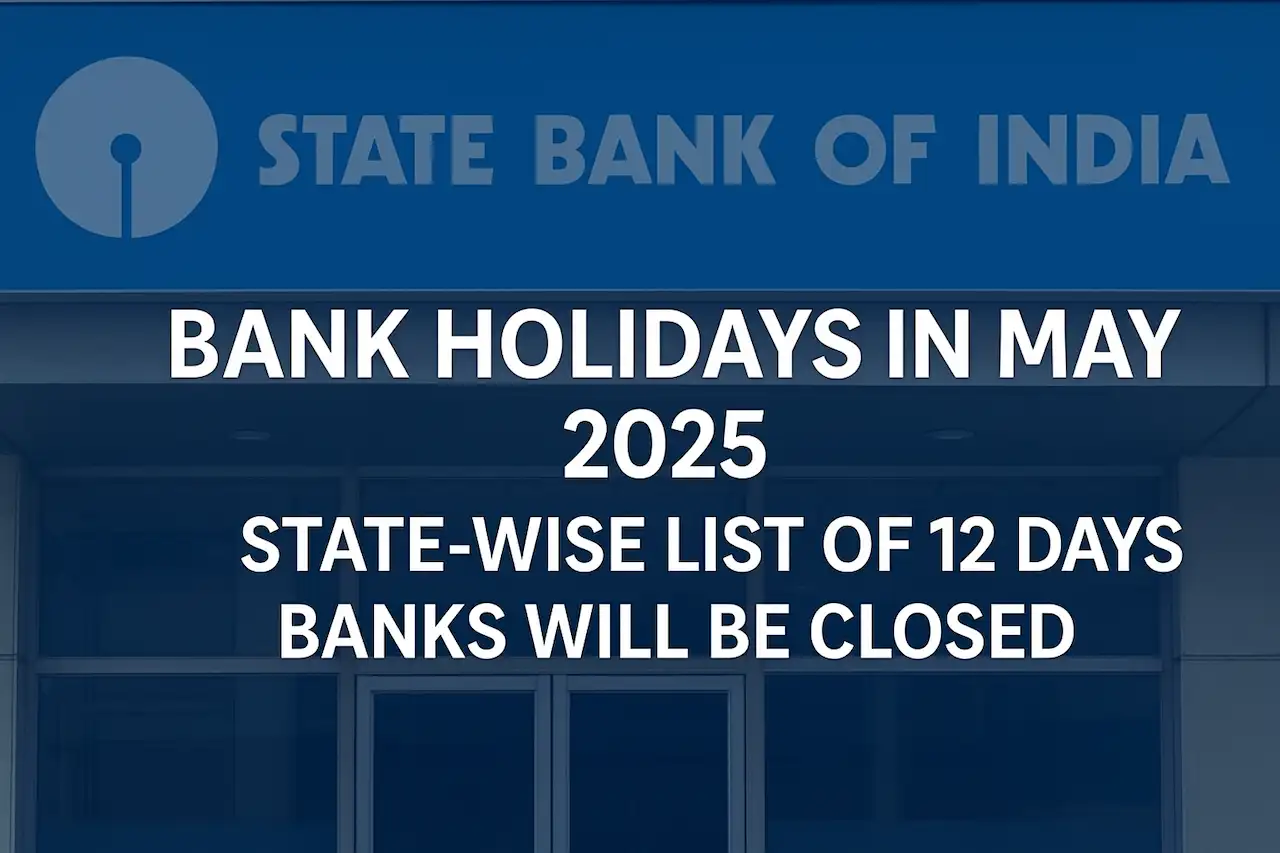


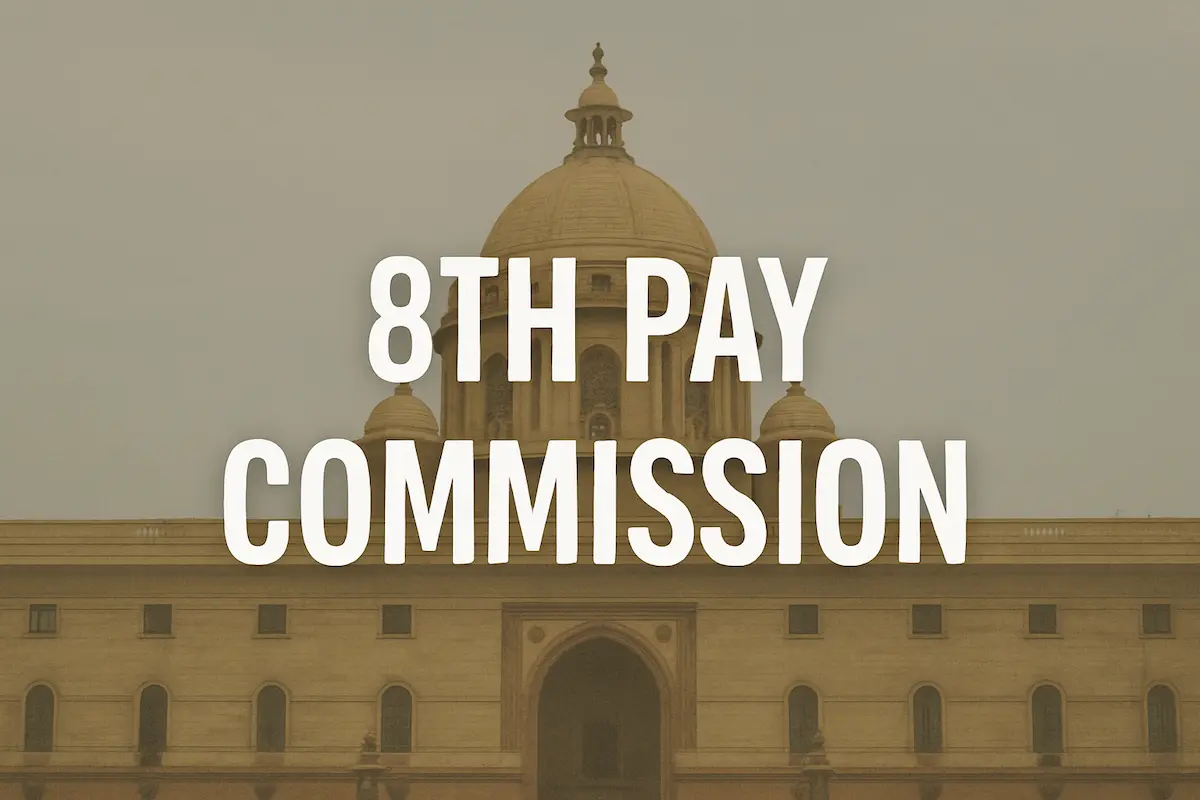
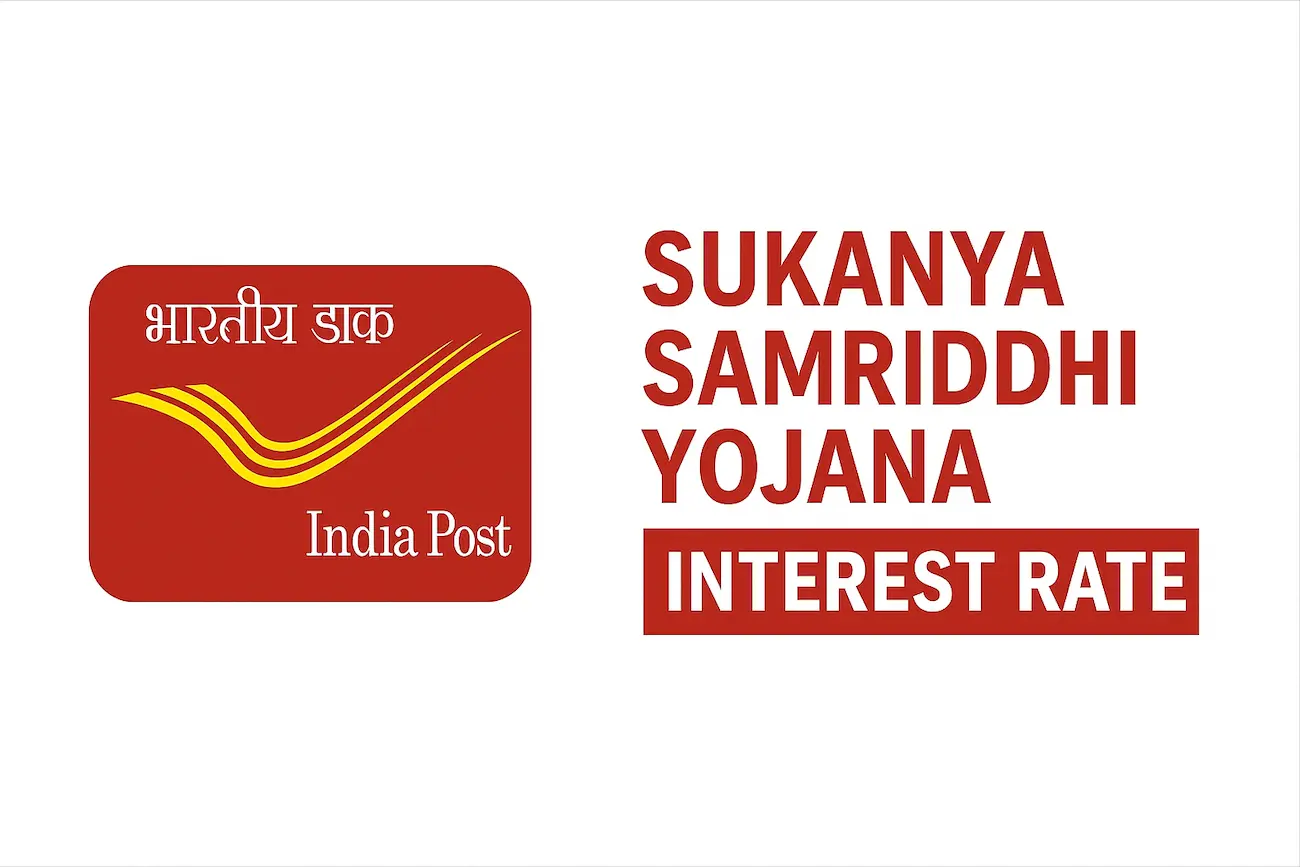

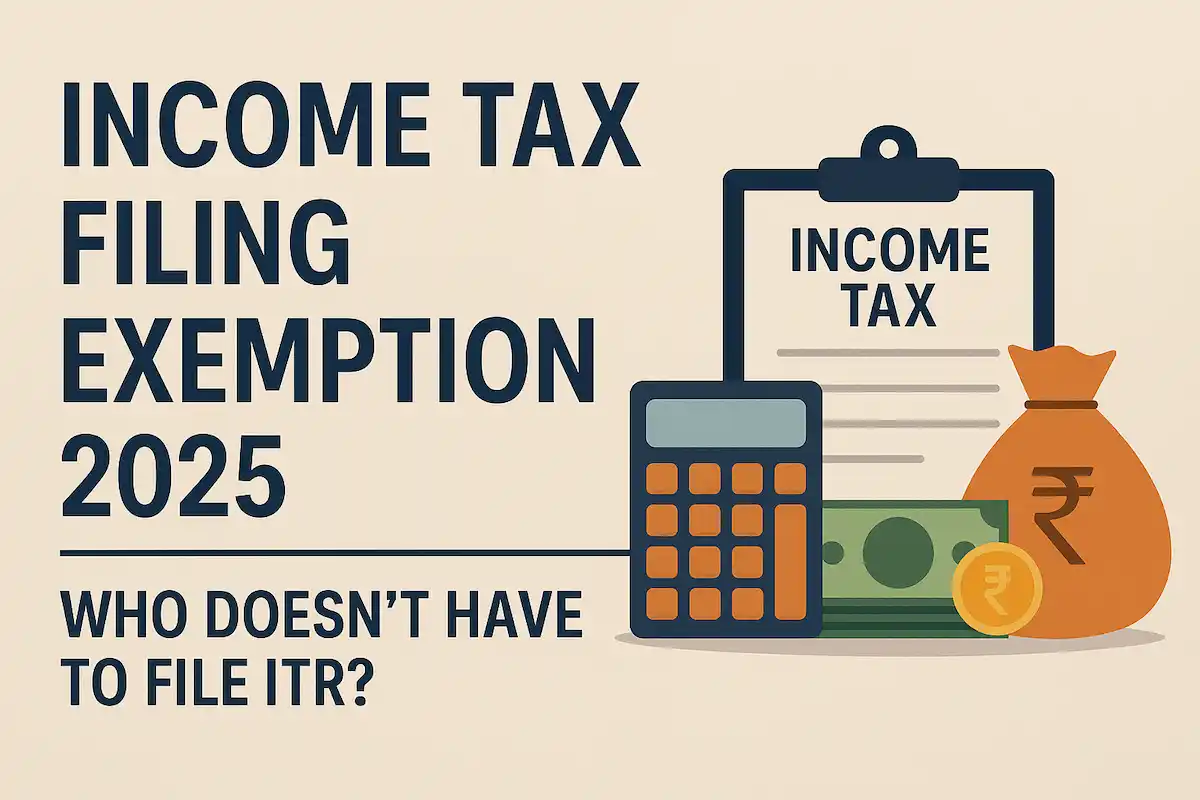

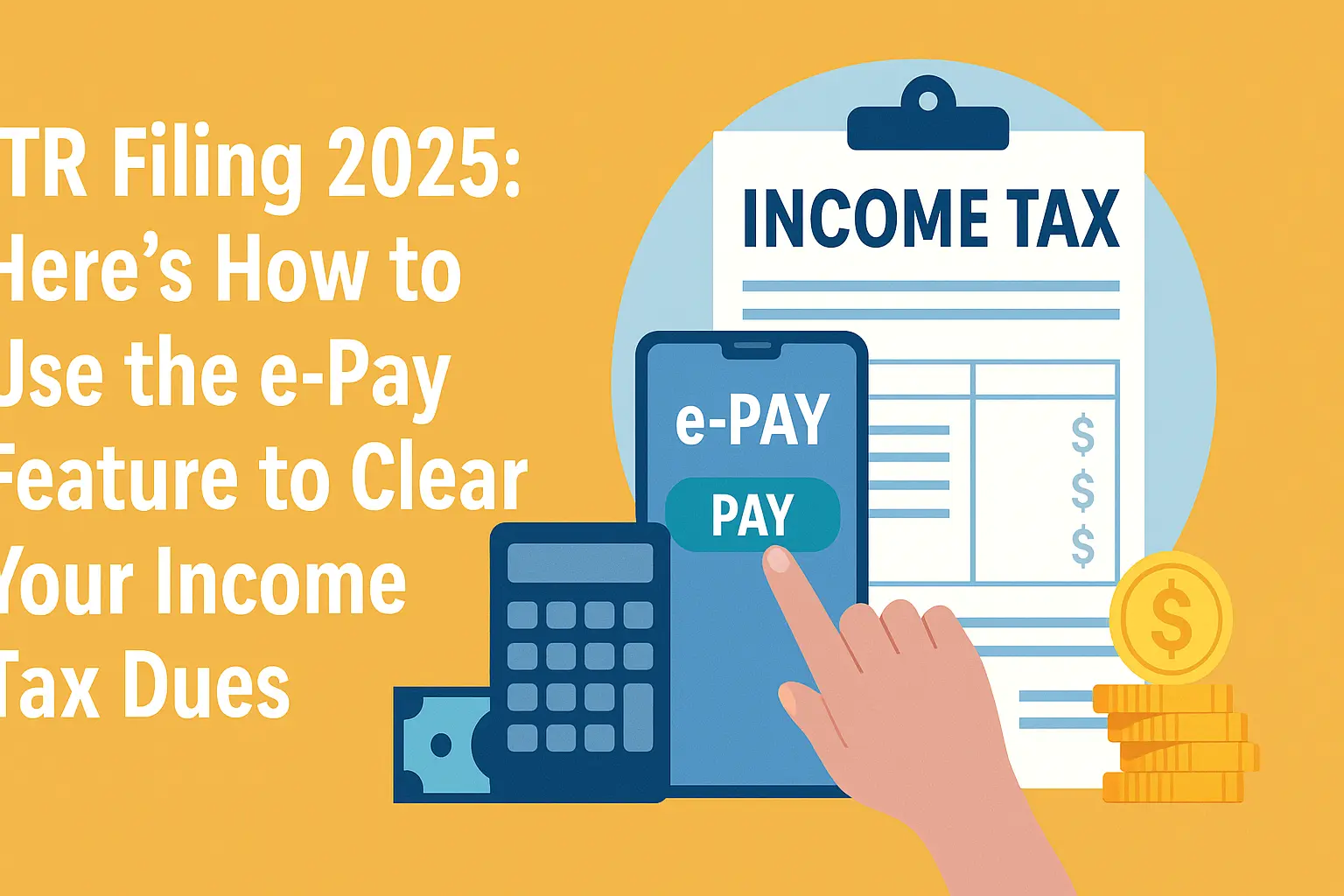
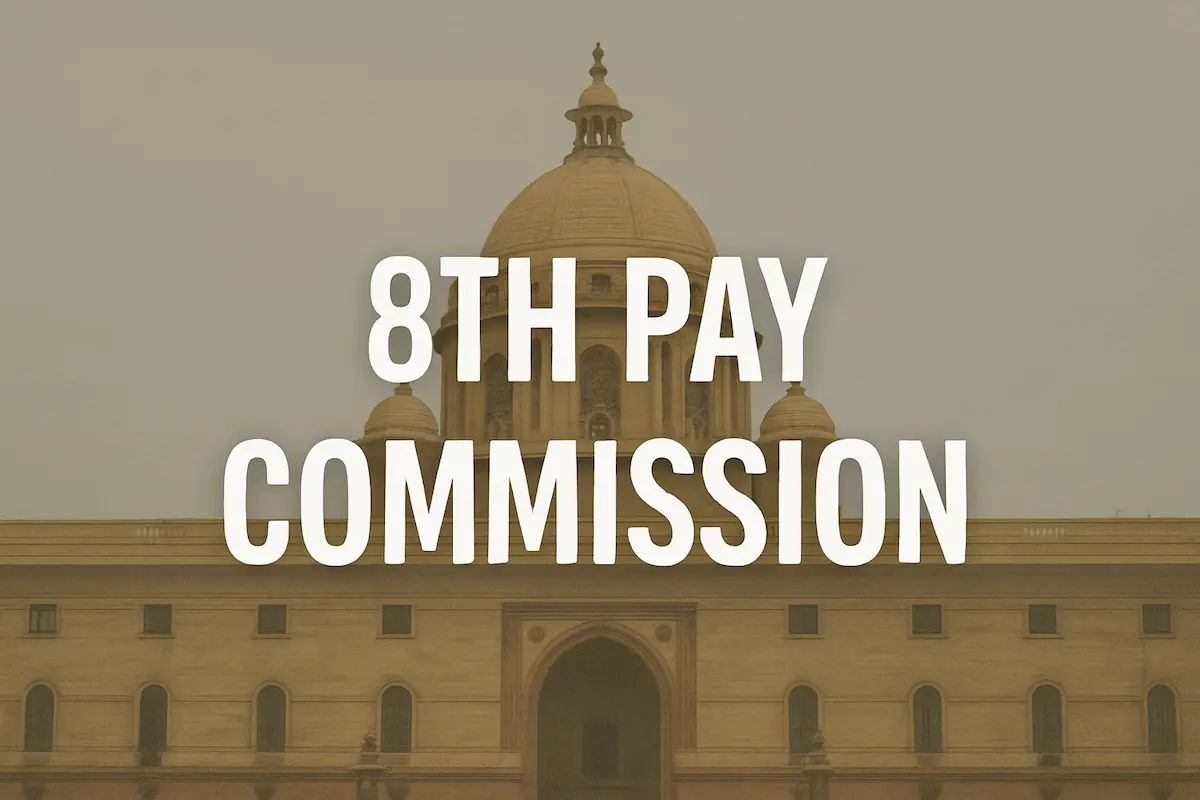





Leave a Reply